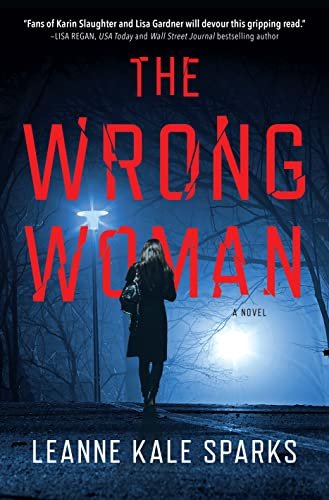by Anita Saxena
Not the Trip I Had Planned For
I started writing seriously in 2004. By “seriously” I mean teaming up with an agent and pursuing traditional publishing. I dreamt of multiple contracts with Penguin Random House or Harper Collins. Ten years later, I signed with an agent. I thought I had made it. We were on a journey together for six years, but never sold a book.
A Difficult Decision
Something needed to change. At the time I didn’t know what that change would look like. After months of reflection, I made the difficult decision to leave my agent. Doubt clouded my mind. Would another agent want to represent me? Was I good enough to sell a book? Was my writing lacking? I completely abandoned my dreams. I didn’t write for months. I stopped reading. I unplugged from anything related to the publishing industry.
Finding Encouragement
Six months later, I connected with a local writing group and shared pages of a project I had started but never finished. Being in a creative setting with others gave me the encouragement I needed to finish the manuscript, revise, and start querying again. I received a couple full requests and stalked my email for that offer of representation. And then the positive rejections started to come.
Impressive query and sample.
You have a pitch-perfect middle grade voice.
I enjoyed reading…but…
Changing Paths
As I waited to hear back from the last agent who had requested a full, I realized that even if the agent signed me as a client and sold the book the very next day (which rarely happens in the slow world of publishing), my middle grade book, Double Axel or Nothing, wouldn’t release at the right time. I’ve been a competitive figure skater for over thirty years and a figure skating coach for over two decades. Interest in our sport peaks every Olympic year. There was no way my book would be out by February 2022. The traditional publishing process can take up to two years.
I debated for weeks. Whenever I decided to stick with what I knew—traditional publishing, I kept seeing signs pointing me towards the Indie path. The largest one being, when I opened my mailbox and saw that the back cover of Skating magazine featured a full-page advertisement for an independently published novel about figure skating.
I spent days drafting an email to the agent considering my manuscript. I wanted to be respectful of her time and the opportunity to potentially work with her. But at the same time, if she hadn’t read my manuscript yet, then my intention was to withdraw my submission. The response I received from the agent was nothing but encouraging. She hadn’t read my manuscript yet, understood my reasoning, and even told me to let her know when the book releases so she can buy a copy!
How to Self-Publish A Book?
I knew absolutely nothing about self-publishing as I had pursued traditional publishing for the past 17 years, so I turned to the internet. I knew that I wanted my book to be indistinguishable from a book that had been traditionally published. I needed a stunning cover, a strong editorial and copy edit process, and a way to get my book on all platforms in a streamlined manner. After considerable research, I came across an article in Publisher’s Weekly. I looked into Gatekeeper Press and scheduled a phone call. After speaking with Rob, I decided a hybrid publishing path was the best for me. I used my contacts through the Society of Children’s Book Writers and Illustrators (SCBWI) and reached out to freelance editor Deborah Halverson. She had helped me with projects in the past and had an astute editorial eye. She recommended several copy editors that she had worked with in the past and I found one that I thought would be a good fit for me.
The Cover Dilemma
My author manager at Gatekeeper Press and I knew that we needed to get started on cover design right away. Problem was that the ball was in my court. I had always imagined that when my book sold via the traditional path the publishing house would choose an artist who’d read my book and create an eye-catching cover. Well, that’s not how it works in Indie publishing. I had to come up with the vision and communicate it to the artist. It took longer than we expected and I had to push the official release date of Double Axel or Nothing to March 1st. But it was definitely worth the wait. I am so excited about the cover and hope readers love it too.
Find Double Axel or Nothing wherever you like to purchase books, ebooks, or request it at your local library.
Anita lives in Alabama with her husband, two old lady cats, and a ten month old kitten who loves to terrorize them. She is a connoisseur of hot tea and popsicles. When she’s not writing, you can find her on the ice figure skating, coaching, or directing the non-profit athletic organization, Magic City Theatre on Ice. Anita hangs out at Instagram and Facebook.






